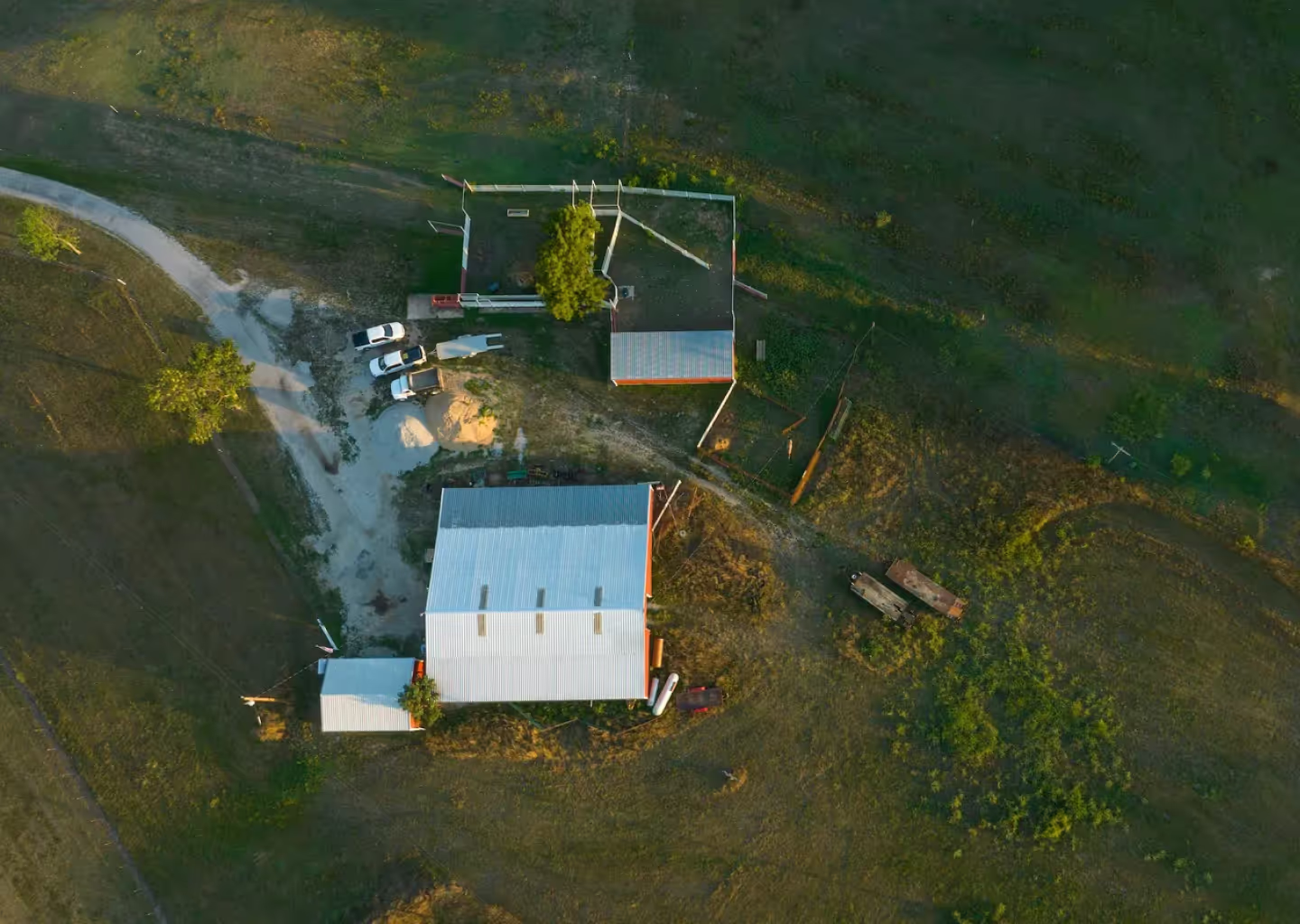The importance of GIS is well understood; it allows us to look at a location holistically, see patterns and trends we otherwise couldn’t, and make decisions based on the most comprehensive data available. Accordingly, GIS is an essential tool for realtors, government bodies, and engineers alike. However, as the technology advances, so do its applications - GIS has the potential to completely reimagine how we interact with the environment. With the help of this technology, we can change our relationship with the natural world for the better.
Environmental Impact Analyses
Human activity can have lasting and potentially devastating impacts on the environment. So, if you plan on undertaking any large development project, whether it be a new road, bridge, housing unit, airport, pipeline, etc., you’ll likely be required to conduct an Environmental Impact Analysis (EIA). These assessments are used to determine how great the impact of a potential plan, policy, or program will be on the environment before construction begins. With this knowledge, organizations can make environmentally conscious decisions on whether or not to go through with the project, and how.
While EIAs are undoubtedly important, they aren’t without their flaws. Environmental impact analyses are notoriously costly and time-consuming to produce, and the results are often difficult to understand. This is one area where the importance of GIS is apparent.
With this technology, you can simply add a layer for any aspect of the environment you choose to see how those elements will be impacted by the new development. And that’s not all. You can also use GIS for spatial planning. For instance, you can add a layer to your map for soil type, vegetation, topography, and water sources with specific requirements for each to find acceptable sites for waste disposal. And finally, when the time comes to share your findings, instead of handing over hundreds of documents, with GIS, you can present stakeholders with one, easy-to-comprehend map.
Disaster Management
Another area where the environmental importance of GIS can’t be overlooked is disaster management. While there’s little we can do to prevent natural disasters, in recent years, GIS has played a vital role in how we’ve prepared for and responded to them. To start, GIS allows us to not only track disasters as they occur, but identify areas where disasters are likely to take place long before they actually do. For example, you could use GIS to predict wildfires by layering vegetation density, precipitation, and wind patterns.
After a disaster has occurred, GIS will once again be of use. This technology can assist in monitoring reconstruction efforts, help rescue teams identify safe routes, and even display aerial photographs of specific locations so organizations and governments can assess the damage, allowing them to send help where it’s needed most.
Safe Development
GIS can also be used to help plan safer developments – ones that won’t be vulnerable to potentially deadly issues such as landslides and floods.
Landslides, the process in which gravity pulls soil, rocks, and debris down a sloped area, can be extremely damaging to not only the affected structures but the surrounding infrastructure and natural habitats. These disasters can be triggered by a number of events – heavy rainfall or rapid snowmelt, erosion, freezing and thawing, earthquakes, volcanic eruptions, loss of vegetation (like after a wildfire) – all of which can be tracked and layered on a GIS-powered map. With these insights, professionals can pinpoint where landslides are most likely to happen, allowing them to choose building sites accordingly.
GIS will also show if an area is located in a Special Flood Hazard Area, any location with a 1% or greater chance of flooding each year. Due to urban development, the number of places susceptible to flooding has increased; we’ve expanded our paved surfaces, which prevent rain from being absorbed by the soil, increasing the risk of flooding (especially in lower areas). So, the importance of GIS in choosing a location to develop can’t be overstated, especially now. Floods can devastate a once-thriving area in a matter of minutes, but with GIS, all developers have to do is add a layer for flood zones, and they can be sure to build on safe land.
Natural Resource Management
Natural resource management, the sustainable use of resources such as land, air, water, minerals, plants, and animals, is another area where the importance of GIS is staggering.
One of the challenges of managing and maintaining natural resources is that they are interconnected. For example, trees absorb water and minerals, house animals, and create shade for other plants to grow in. If a forest were to lose a significant amount of its trees, the whole ecosystem would feel the effects. Luckily, GIS allows you to look at the land holistically. By adding a layer for every natural resource, you can see how they interact, identify trends and patterns, and better plan and track their management.
Soil Mapping
A big part of maintaining our environment has to do with how we use our land. Not all soils are equally suitable for all activities, and misusing land can waste a lot of resources. To start, farmers and ranchers need to know what types of soils they have on their properties so they can grow food and grazing crops more effectively, as different soils contain different nutrients and properties, so they support different plants. In addition, not all soils are capable of supporting structures, and choosing the wrong soils to develop on could lead to cracked foundations, floods, mudslides, etc.
When it comes to understanding the soil, GIS can be of huge benefit. With the right software, you can instantly view soil reports for any location you choose. These reports show the soil composition, nutrient makeup, and in Land id’s (formerly MapRight) case, the land’s capabilities.
Understanding The Environment With Land id®
The environment is essential to our health, happiness, and livelihoods, so accordingly, our relationship with our planet is of the utmost importance. With Land id®, you can gain the insights necessary to better interact with Mother Earth. Land id® users can add as much data and as many layers to their maps as they choose, instantly view soil reports, and even attach aerial photographs, panoramic images, and videos to specific locations. Once their interactive maps are complete, users can send them via email and text or upload them online with the embed script we provide. The best part is, Land id® is incredibly easy to use. Whether you’ve been making maps for decades or are just getting started, Land id’s intuitive platform is for you. Sign up today and enjoy our 7-day free trial!
FAQs

Continue Reading





